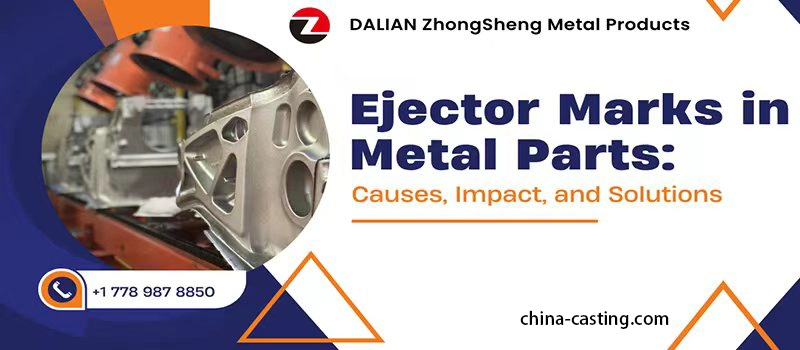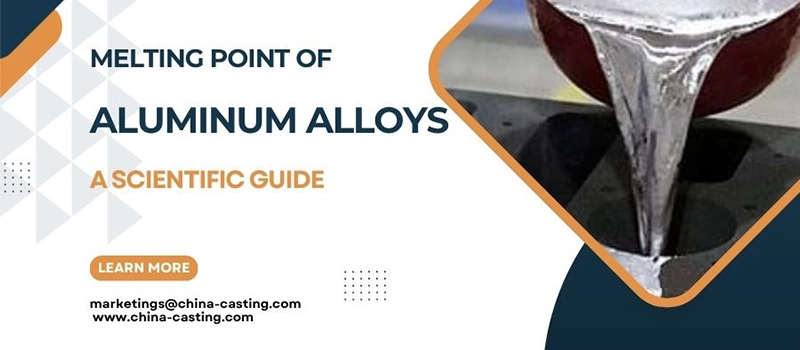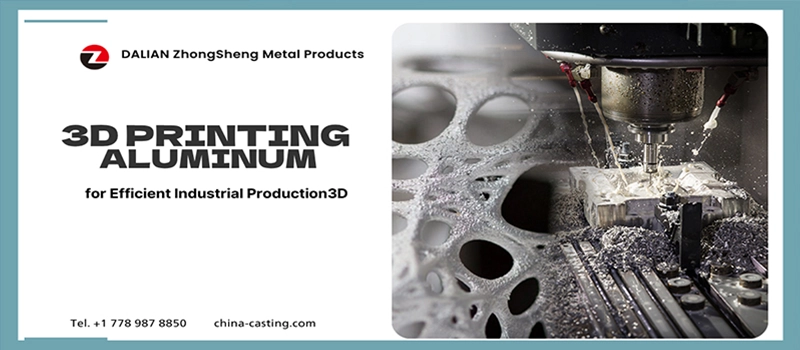Custom machining parts are essential in modern manufacturing — yet sourcing them often leads to complications. Miscommunication, unclear tolerances, and unexpected costs can cause delays that disrupt production and increase overall expense.
These issues tend to appear not because of machining itself, but due to a lack of understanding about when custom machining is the right solution — and when it’s not. Without that clarity, even well-designed components can lead to costly mistakes.
Recognizing the pros and cons of custom machining parts is the first step toward making informed, confident sourcing decisions that balance precision, cost, and lead time.
What Are Custom Machining Parts?
Custom machining parts are precision components produced to meet exact specifications, typically provided in technical drawings or 3D models. These parts are made using subtractive manufacturing processes such as CNC milling, CNC turning, and manual machining. Unlike standard parts, custom machining parts are tailored to specific applications, functions, and dimensions.
They are widely used across industries that demand accuracy and performance, including agriculture, mining, automotive, construction, and petrochemicals. Whether for equipment housings, gear components, threaded adapters, or mounting flanges, custom machining parts offer unmatched flexibility and precision.
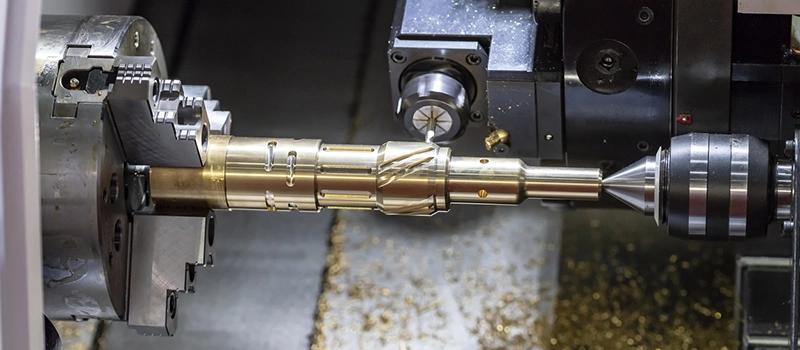
Custom machining is particularly suited for:
- Small batch production
- Prototyping
- Complex geometries
- Projects requiring high dimensional accuracy
Materials used range from aluminum and carbon steel to stainless steel, brass, and titanium. The machining process allows for tight tolerance control, fine surface finishes, and the ability to work with hardened or exotic materials.
Suppliers that specialize in custom machining parts often support file formats like STEP, DWG, or IGES, and work with buyers to interpret drawing requirements accurately. This collaboration is essential to ensure the part matches the intended fit and function without costly revisions or delays.
Advantages of Custom Machining Parts
Precision and Tight Tolerances
One of the biggest advantages of custom machining parts is the ability to achieve exceptionally tight tolerances. This is critical in industries where precision affects performance, such as automotive assemblies, hydraulic systems, or petrochemical equipment. Unlike standard parts, custom machining parts are made to exact dimensional requirements, often within ±0.01 mm. This level of accuracy ensures consistency from part to part, reducing rework and maintaining assembly quality.
For mating components, bearing fits, or threaded assemblies, tight tolerances eliminate clearance issues and mechanical stress points. This directly translates into longer product life and more reliable operation.
Material Versatility
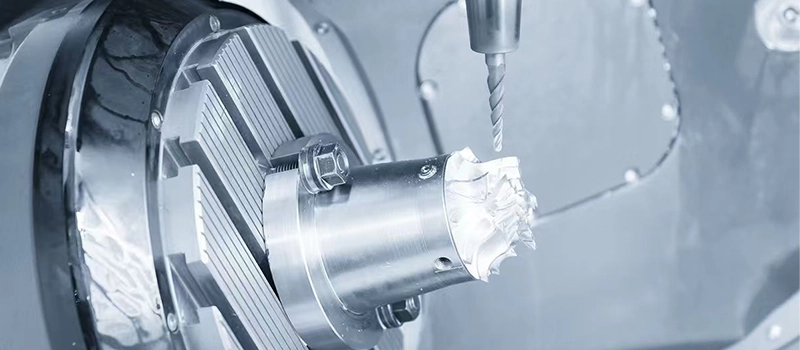
Custom machining parts can be manufactured from a wide range of materials — including aluminum, stainless steel, carbon steel, brass, bronze, and titanium. Each material brings its own set of mechanical, chemical, and thermal properties, allowing the buyer to match the material to the part’s intended function.
This flexibility is especially important in industries like mining or oil & gas, where corrosion resistance or extreme temperature tolerance may be required. Because custom machining parts can be adapted to fit those needs, they offer much more value than generic components.
Design Flexibility and Complexity
Machining allows for the production of parts with features that other processes struggle to achieve. Internal threads, undercuts, fine grooves, deep bores, complex profiles — all of these are possible with custom machining. There’s no need for expensive dies or fixed molds, which means you can adapt and modify designs quickly.
This is especially useful in the prototype or early production stage. As design revisions happen, custom machining parts can be adjusted without scrapping existing tooling. It’s this adaptability that makes machining ideal for parts with evolving design requirements or highly specialized functions.
Ideal for Low-Volume Production
Custom machining parts are cost-efficient when you only need a small quantity. Since no hard tooling or molds are required, there’s no upfront investment to amortize over thousands of pieces. For short runs, low-volume production, or custom builds, machining is often the most economical and practical solution.
This is particularly attractive to buyers in R&D, machinery retrofits, or industries that operate with short production cycles. It also enables fast reaction to urgent orders without waiting weeks for tooling or casting setups.
High Surface Quality
Another benefit of custom machining parts is the surface finish. Machining can achieve smoother surfaces than most casting or forging methods, often as low as Ra 0.8–1.6 μm without secondary finishing. This is critical for applications where parts are involved in sealing, sliding, or cosmetic functions.
For example, machined parts that interact with O-rings or gaskets benefit from clean, flat surfaces. In addition, smoother finishes reduce friction, improve part performance, and support better coating or plating adhesion if needed.
Fast Prototyping and Iteration
When speed matters, machining wins. Custom machining parts can be produced in just a few days — sometimes even faster if raw material is in stock. Without the delays of tooling or mold production, it’s easy to produce one or two parts for functional testing.
This quick turnaround allows engineers to refine their designs rapidly and move to production with confidence. When changes are needed, they can be made instantly in the CAD file, and new parts can be machined right away.
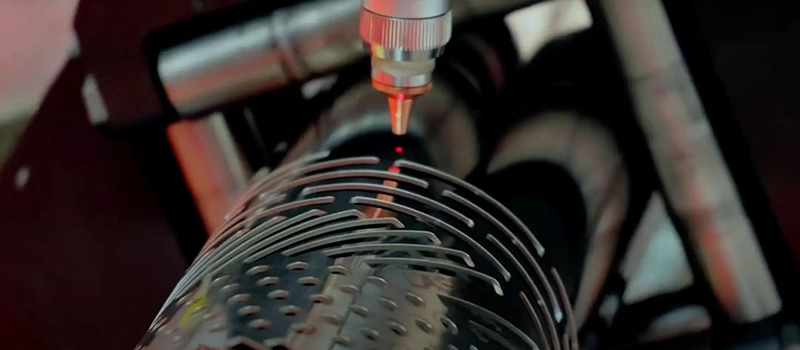
Disadvantages of Custom Machining Parts
Higher Per-Unit Cost
Custom machining parts typically cost more per unit compared to parts made by casting, forging, or stamping. Since each part is cut from raw material using machine time, the process is more labor- and time-intensive. There’s also no mold or die to amortize costs over a large batch, which means prices don’t drop as volume increases. For high-quantity orders, machining becomes less cost-effective unless very tight tolerances or critical performance factors are required.
Dependence on Drawing Accuracy
The quality of custom machining parts relies heavily on the accuracy of the technical drawings provided. If dimensions, tolerances, or thread specifications are missing or unclear, the parts may be incorrect — even if the machining itself is perfect.
For example, omitting a surface finish requirement or forgetting to specify a thread depth can lead to delays, failed inspections, or additional costs. It’s essential that buyers submit detailed 2D drawings and 3D files (like STEP or DWG), clearly marked with every necessary detail.
Longer Setup and Lead Time for Complex Parts
While simple parts can be machined quickly, complex designs often require longer setup. The supplier must create tool paths, prepare fixturing, and fine-tune cutting parameters. Multi-face components or parts with tight tolerances also demand more machining time and quality control.
As complexity increases, so does the overall lead time — especially when combined with overseas communication, programming cycles, and inspection requirements. Buyers working with urgent timelines should confirm expected delivery dates early in the process.
Material Waste and Tool Wear
Machining is a subtractive process — material is cut away from a larger block. This results in more waste than processes like casting or forging. If high-value materials like stainless steel or titanium are used, the scrap cost becomes a factor in the total part price.
In addition, tool wear is inevitable. Dull tools affect surface finish and dimensional accuracy, which can lead to inconsistent parts across batches. Tool changes and maintenance downtime may also influence production speed and unit cost.
Risk of Miscommunication
Custom machining parts involve precise technical details, and even small misinterpretations between buyer and supplier can cause major issues. These include incorrect units of measurement, missing tolerances, or confusion about thread types.
If communication is not clear — especially with international suppliers — these risks multiply. Misalignment on specifications often leads to rejected parts, wasted time, and avoidable expenses. That’s why establishing a reliable quoting and approval process is so important when ordering custom machining parts.
How to Decide If Custom Machining Is Right for Your Project
Evaluate Functional Requirements
Start by examining what the part needs to do. If it plays a critical role in fit, alignment, sealing, or load-bearing, precision matters — and custom machining is often the best solution. Custom machining parts are ideal when dimensional accuracy, surface finish, or threading must be tightly controlled. In applications where even a minor misfit causes failure, machining provides the control you need.
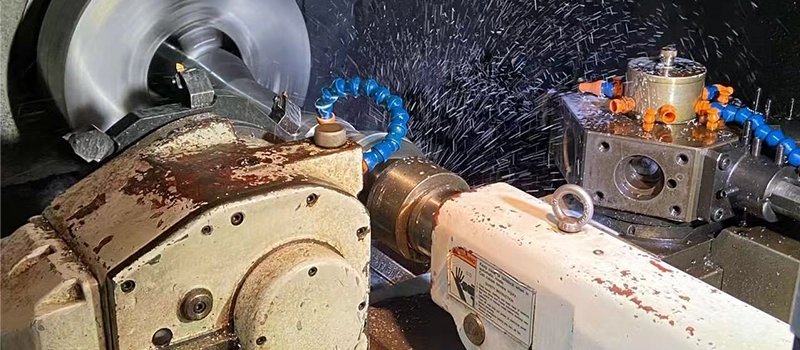
However, if the part has simple geometry and doesn’t require exact tolerances, other methods like casting or sheet metal forming may offer better cost-efficiency.
Consider Production Volume
Machining is most cost-effective for low to medium volumes. For orders under a few thousand pieces, it eliminates the need for high-cost tooling. If your project requires just a few prototypes, small batches, or frequent design updates, custom machining parts are likely the right choice.
On the other hand, if your goal is to mass-produce tens of thousands of identical parts, machining becomes less economical. In such cases, a tooling-based process like die casting, injection molding, or forging may be better suited.
Assess Drawing and Design Readiness
Machining relies on clear, accurate input. If you already have detailed 2D drawings and 3D models (such as STEP or DWG files), you’re in a good position to proceed. The more precise your documentation, the smoother the quoting, production, and inspection phases will be.
If your drawings are still in development or lack tolerances and specifications, you may need to finalize the design first. A reputable supplier can provide feedback, but the responsibility for defining the part’s critical features remains with the buyer.
Factor in Lead Time and Urgency
Custom machining parts can be delivered quickly — often in just a few days for simple jobs — but lead time depends on complexity, capacity, and supplier responsiveness. If your project has a tight timeline and the design is ready, machining offers a faster route than tooling-based methods, which often require weeks of setup.
That said, if your part is complex or needs first-article approval, you’ll need to build in time for programming, sample validation, and adjustments. Confirm lead time expectations with your supplier early to avoid production delays.
Match the Process to the Product
Ultimately, the best manufacturing method depends on your priorities: precision, volume, timeline, and cost. Custom machining parts offer control and quality, but they’re not the only option. If your part needs to perform at a high level in a small quantity and can’t tolerate variation, machining is often the best fit.
If cost per piece and scalability matter more than fine tolerances, then another process may be more appropriate. The key is to align your part requirements with the strengths of the machining process — and with a supplier who can deliver consistently.
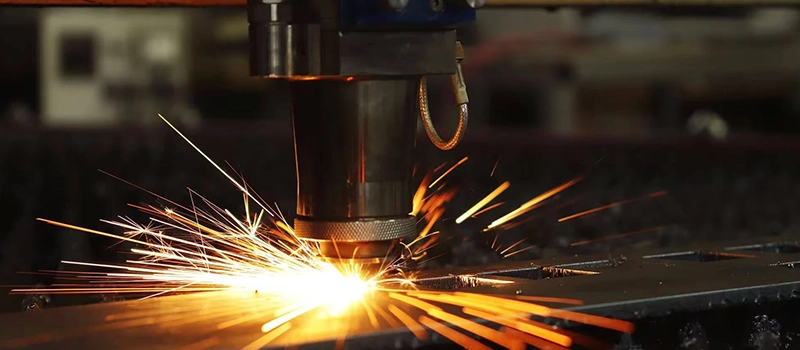
Custom Machining Parts vs. Other Manufacturing Methods
Machining vs. Casting
Custom machining parts deliver higher precision and better surface finishes than cast parts. Casting is cost-effective for large volumes and complex shapes, but it comes with wider tolerances, potential porosity, and rougher surfaces that often require secondary machining.
Use machining when:
- Tolerances are critical
- Post-processing of cast parts isn’t desirable
- Material strength and structural integrity must be consistent
Use casting when:
- You need high volumes
- Cost per unit is a primary concern
- Slight dimensional variation is acceptable
Machining vs. Forging
Forging offers excellent strength due to material grain alignment. It’s ideal for parts subject to high stress. However, forged parts often need additional machining to meet final dimensions.
Custom machining parts, in contrast, are better suited for:
- Precision-critical components
- Parts with complex or asymmetrical shapes
- Low-volume production where tooling costs can’t be justified
Forging is better for:
- High-strength applications
- Simple shapes where tolerances can be finished later
- Large volume production with durability demands
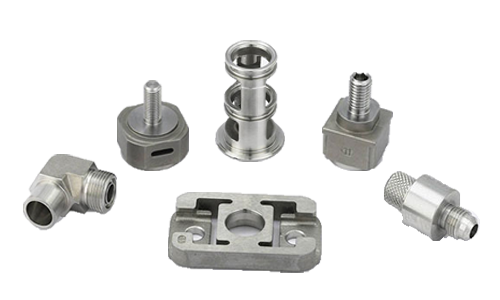
Get a quote now!
Machining vs. Sheet Metal Fabrication
Sheet metal processes are ideal for thin, flat parts with uniform thickness. They’re fast, affordable, and scalable — but limited in terms of 3D complexity, tight tolerance, or part strength.
Choose custom machining parts when:
- The part has a blocky, solid, or detailed 3D geometry
- High accuracy or threaded features are needed
- Material thickness exceeds the capacity of sheet forming
Choose sheet metal when:
- The design is flat or has simple bends
- You need fast turnaround at low cost
- Cosmetic panels, enclosures, or brackets are being made
Machining vs. 3D Printing
3D printing (additive manufacturing) allows for complex internal geometries and fast prototyping without tooling. However, most parts still have lower mechanical strength, surface quality, and dimensional precision compared to machining.
Custom machining parts outperform 3D-printed parts when:
- Surface finish and tight tolerances are required
- The part needs to withstand real-world mechanical loads
- You need certified materials (e.g., aerospace or medical)
3D printing works best for:
- Visual or functional prototypes
- Internal channels or lattice structures
- Early-stage development with limited end-use stress
Conclusion
Custom machining parts offer unmatched precision, flexibility, and material control — but they’re not always the most economical or practical solution. The real value comes from understanding when machining fits the part, the quantity, and the performance requirements. By weighing both the advantages and limitations, and by preparing drawings and specifications carefully, buyers can avoid costly mistakes and get the exact results they need.
In this industry, success doesn’t come from cutting corners — it comes from making the right choices up front. Machining is one of those choices that rewards preparation and clarity.


